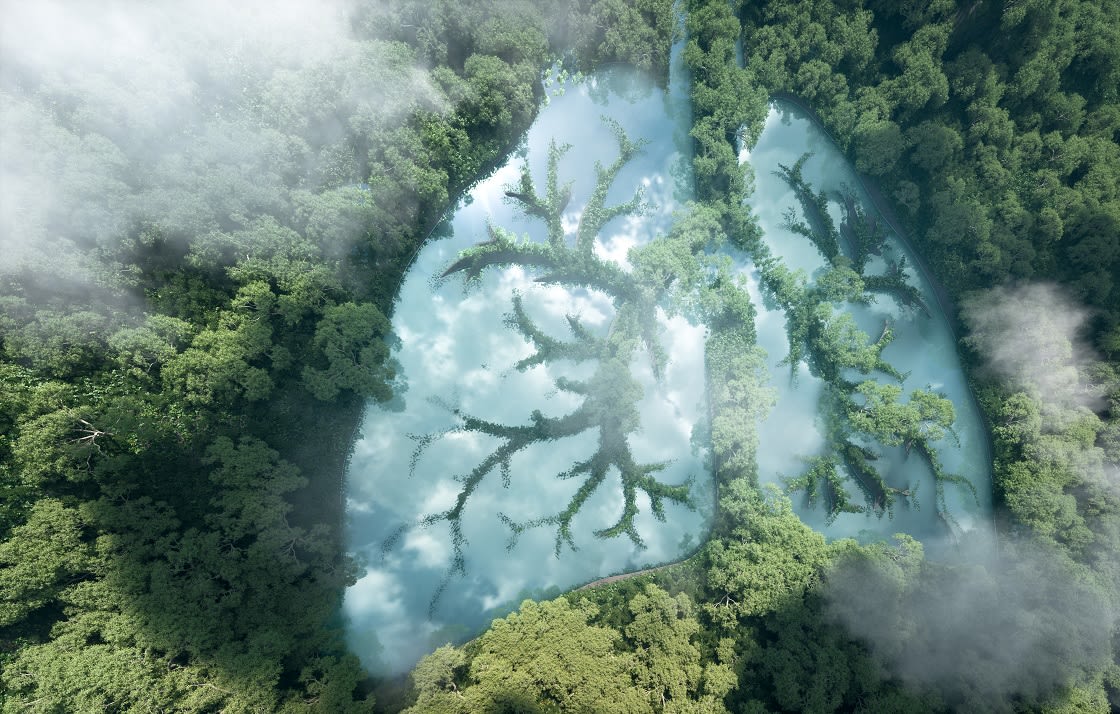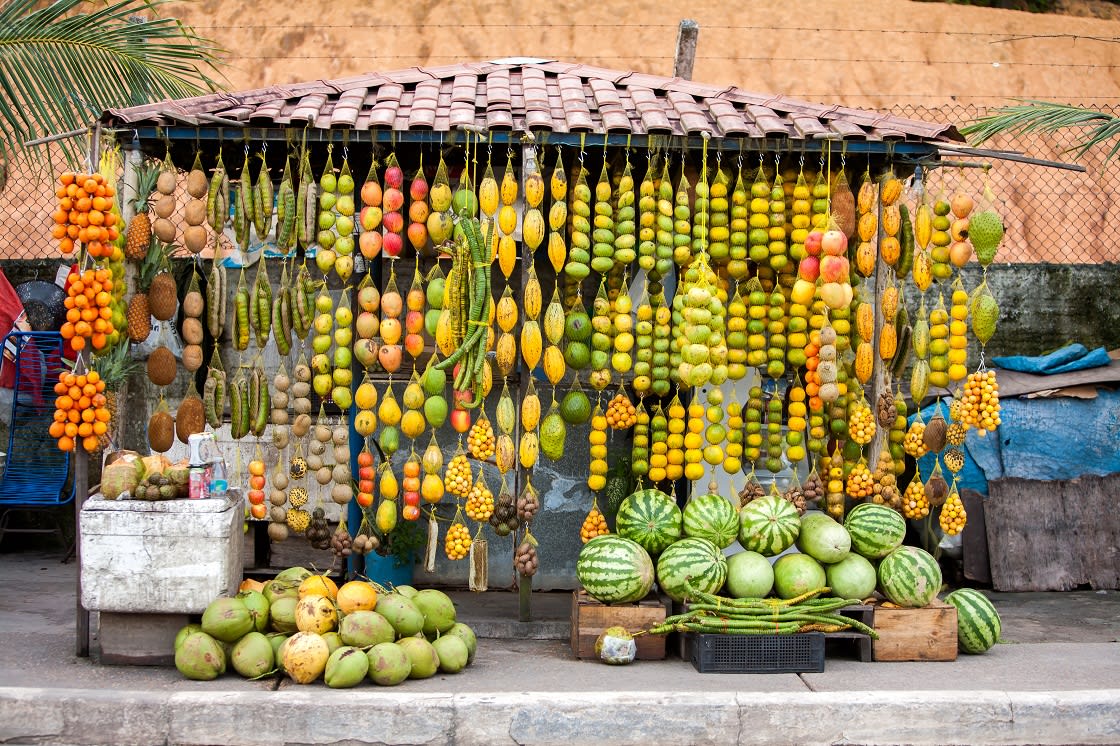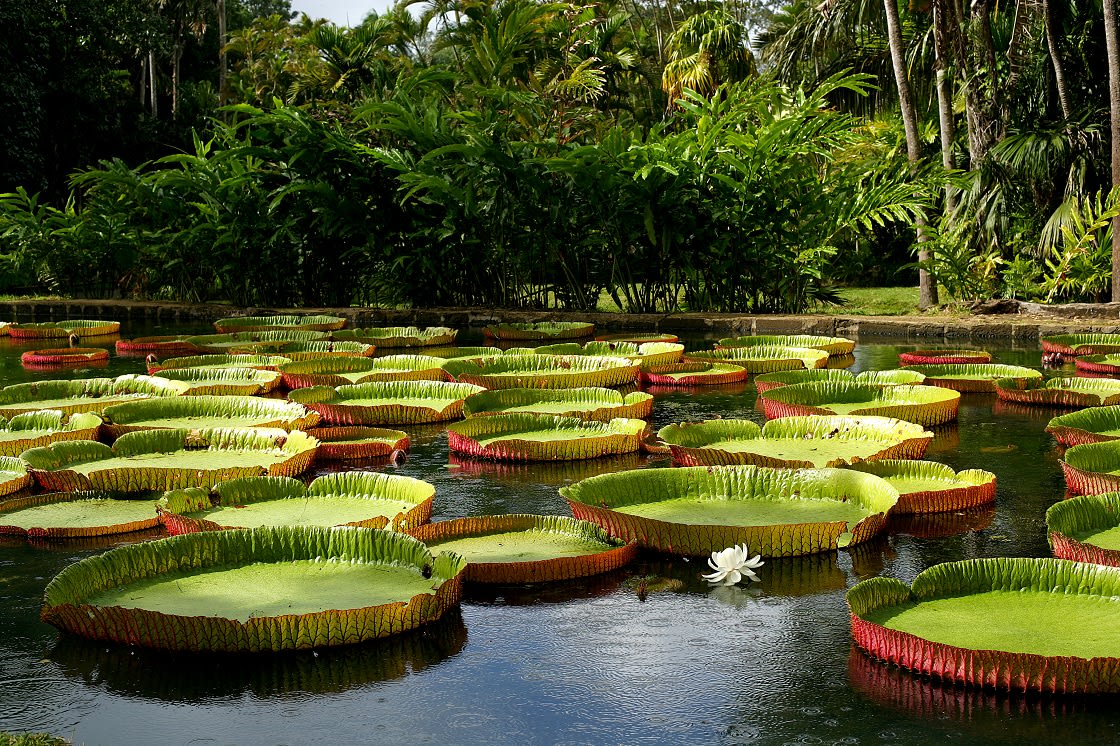
There is truly nowhere else in the world like the Amazon rainforest. A mysterious realm of mind-boggling biodiversity, it is home to some of the most bizarre and astonishing creatures, and the source of a myriad of surprising, fun, and interesting facts. Here are 15 of the most fascinating:

Francisco De Orellana; Spanish Traveler And Discoverer Of The Amazon River
1. The name ‘Amazon’ was given by Spanish explorer Francisco Orellana, after he was attacked when exploring the region by female warriors named the Icamiabas, or ‘women without husbands’. He compared them to the Amazons of Greek mythology.
2. If the Amazon rainforest was a country, it would be the 14th largest in the world, measuring in at a whopping 5.5 million km² (2.1 million square miles), larger than Mexico and only a little smaller than Saudi Arabia.

Green Lungs Of Planet Earth
3. More than 20% of the world’s oxygen is produced by the Amazon rainforest.
4. 25% of all western pharmaceuticals come from rainforest-based ingredients, yet less than 1% of the trees and medicinal plants in the Amazon have ever been tested by scientists.

Amazon Traditional Fruits, On-Road Shop
5. The Amazon rainforest contains more than 3,000 fruits. Only 200 of these are consumed in the western world.
6. More than 80% of the world’s food has its origins in the Amazon rainforest.

Water Lilies
7. It’s home to an estimated 40,000 plant species, including 16,000 native tree types. Indeed, one hectare (2.47 acres) of the rainforest alone can contain more than 500 types of trees and 1,500 types of plants.
8. An estimated 30% of the world’s species live in the Amazon, with a new species being discovered on average every 3 days. It is home to 3,000 fish species, 2.5 million insect classifications, and a fifth of all known bird species. Just a single bush may contain more species of ant than the British Isles.
9. It’s easy to forget that humans are also native to the Amazon, with 21 million permanent inhabitants forming a population roughly equal to that of London, New York, and LA combined. The largest conurbations are in Brazil in Manaus (2m people) and Belém (1.4m).
10. The Amazon rainforest covers some 40% of the South American continent.
11. You can explore the Amazon from 9 countries; Brazil, Colombia, Peru, Venezuela, Ecuador, Bolivia, and the three Guyanas.
12. The rainforest floor is very dark, with less than 1% of the light making it through the canopy of the trees.
13. Whilst Amazon deforestation has slowed in recent years, rates in 2020 were the highest they’ve been for a decade, with 11,088 sq km lost in one year in Brazil, an area approximately 7 times the size of London. It is estimated we are making more than 137 species extinct every day!
14. Around 30% of our carbon emissions come from burning the Amazon rainforest.
15. Its remarkable biodiversity is surprisingly in no small part thanks to the desert, of all places. As well as water, it seems plentiful supplies of fertilizing phosphorous in the topsoil are also crucial for long-term sustained plant growth. In 2015 NASA discovered the main supplier to the Amazon Rainforest is the Sahara Desert in Africa, having used satellite imaging to track a three-dimensional model of vast dust clouds containing the nutrient on a trans-Atlantic journey from the desert to the rainforest.
While Rainforest Cruises aim to provide accurate and up-to-date information, we make no representations as to the accuracy or completeness of any information herein or found by following any link on this site. Rainforest Cruises cannot and will not accept responsibility for any omissions or inaccuracies, or for any consequences arising therefrom, including any losses, injuries, or damages resulting from the display or use of this information.




